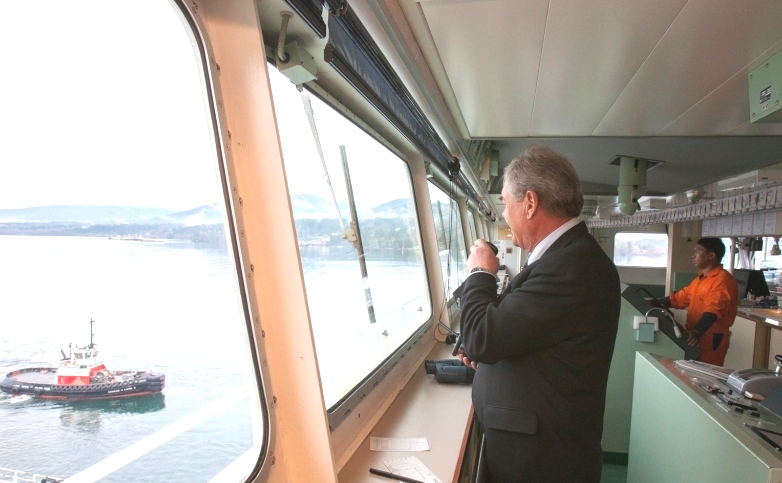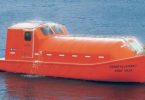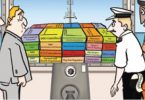Of all the working environments in the maritime industry, a ship’s bridge during pilotage operations is perhaps the one most likely to breed human behavioural and performance induced. A key role of the pilot therefore, is to use such management techniques and skills that ensure appropriate controls and defenses are in place to reduce the risk of human error. The modern-day bridge is a complex mix of physical, psychological and pathological variables that can impact on human performance. For
example, it is common in today’s shipping environment for the pilot to arrive on a ship and be greeted by a multi-national bridge team where language and culture can impair proper communications. It is also common to find a bridge team of varying competencies where a proper understanding and appreciation of the pilotage operation cannot always be
assumed. Non-standardization of bridge equipment, symbology and bridge layout can also add to confusion, especially as the operating environment intensifies, as in the case of reduced visibility, increased traffic density and narrow operating margins. Commercial pressures on the pilot and master as always are a source of stress. These may be in the form of requests to use fewer tugs or to berth/unberth within certain time-frames. It is not unusual to find a fatigued master and crew, especially when a ship is making a number of port calls within a short space of time (as in the case of container ships and car carriers). The pilot cannot depend on proper backup from the bridge team in such circumstances. Fatigue induced stress can also be caused by adverse weather, high workloads and poorly planned duty cycles that do not incorporate sufficient rest periods. One would think that the plethora of new technologies that find their way onto ships’ bridges would go some way toward easing the workload of the bridge team. However, it is ironic that the more advanced the control system, the more crucial we find is the contribution of the human operator. It is common to find bridge teams that are not properly trained in the use of these new technologies and it is ultimately the pilot that has to properly understand the limitations of such equipment in confined waters. Within this complex, highly operational and time critical environment there is a potentially volatile mix of the key ingredients that lead to the classic human error type accidents. In order to improve safety and efficiency, it is important for the shipping industry to understand and acknowledge this critical aspect and implement strategies to address the issues arising from this recognition. The airline industry’s experience in this area can assist us enormously.
The Human Element in Pilotage
Dreamcatcher squid before they sold out DIY, cred next level food truck taxidermy messenger bag gentrify roof party letterpress. Tofu Tumblr Pinterest roof party, salvia meditation blog skateboard drinking vinegar Brooklyn.





